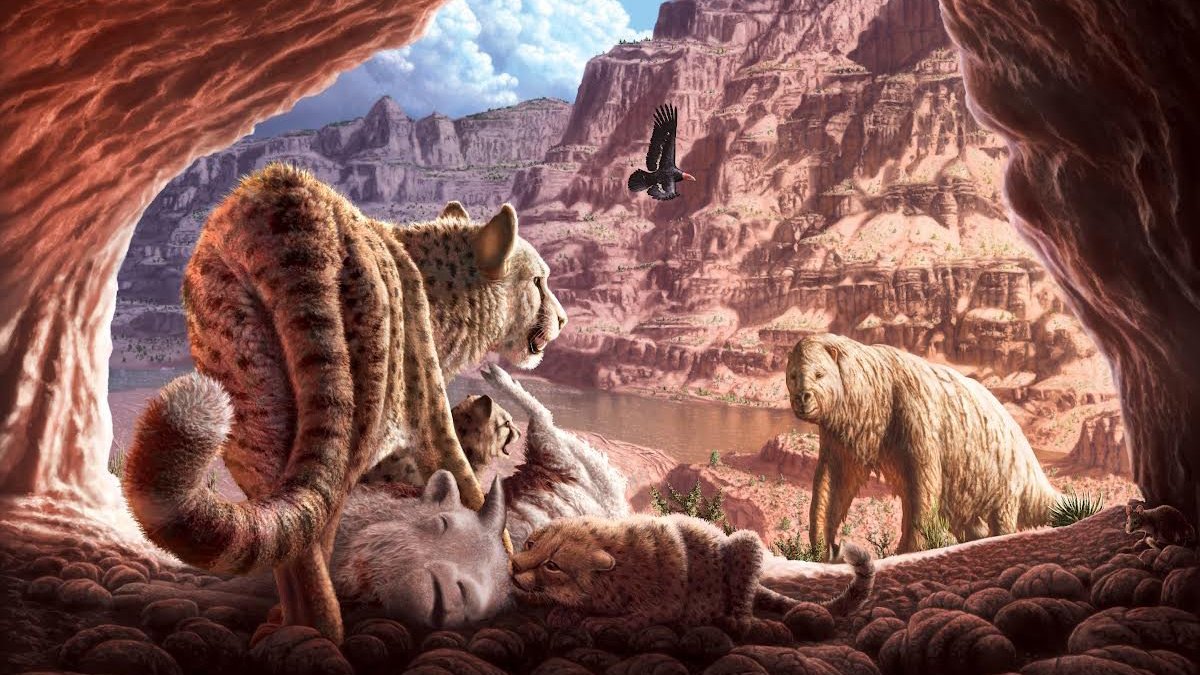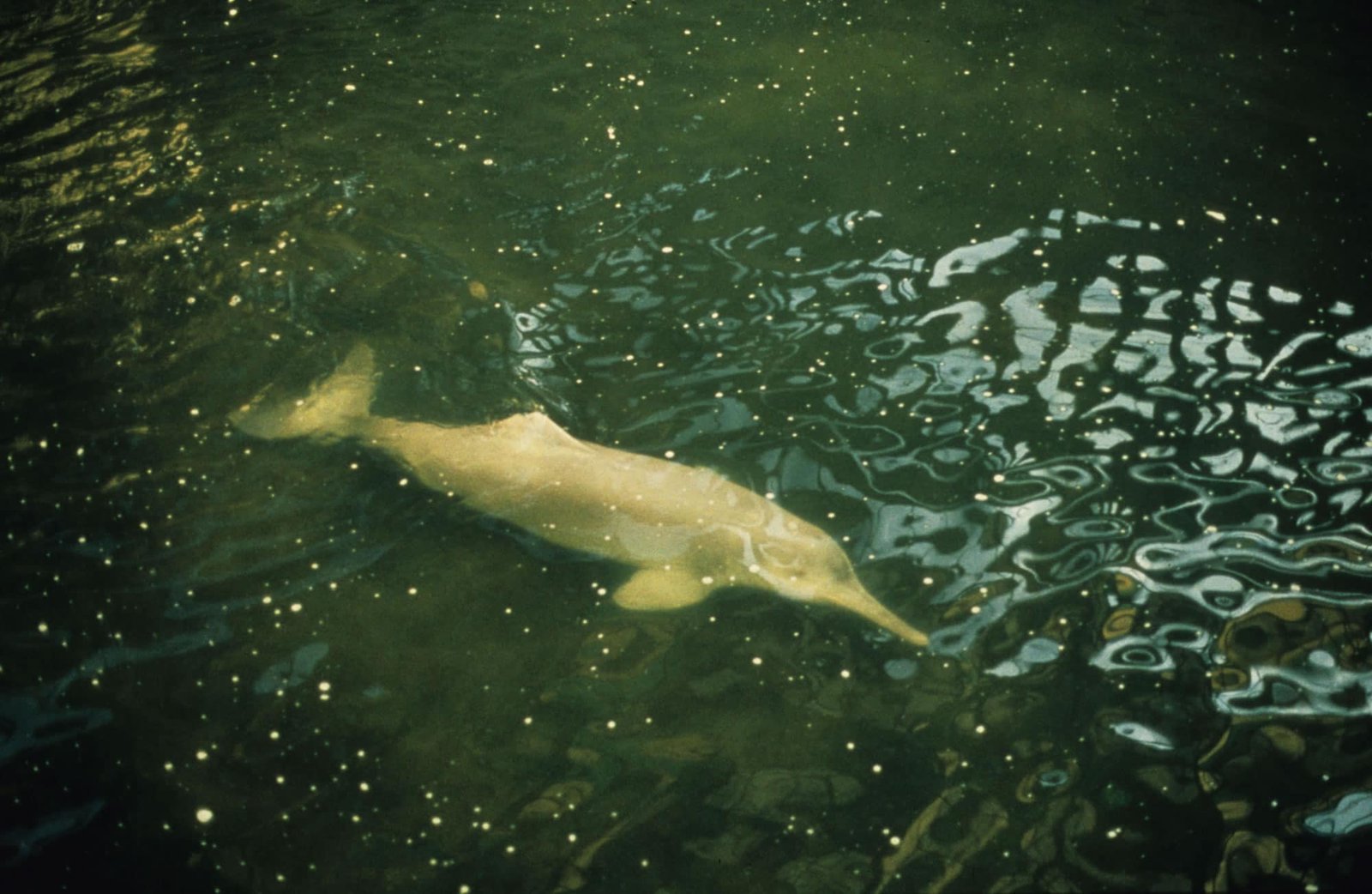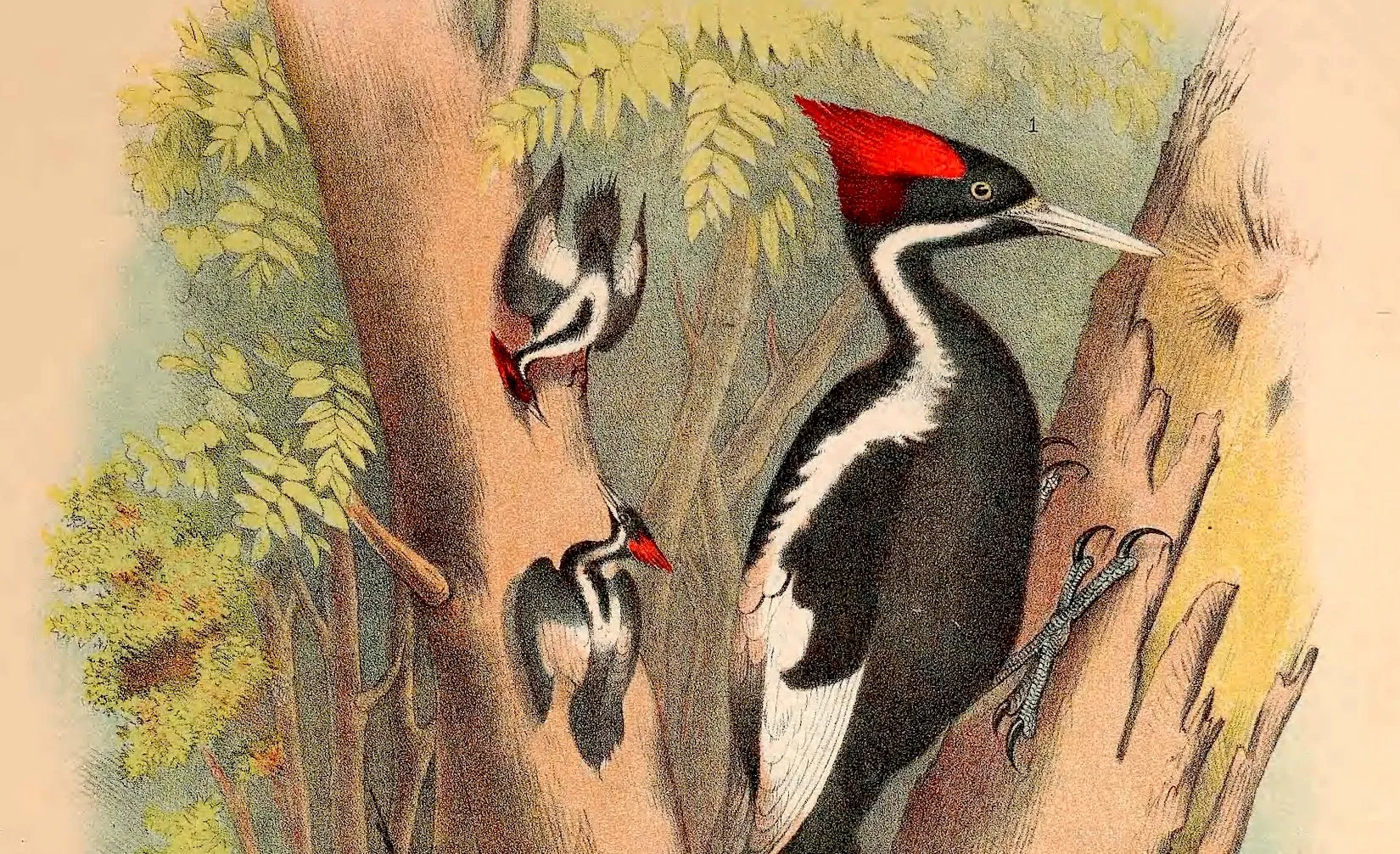Unraveling the Dodo: The Lost Bird of Mauritius
Introduction:
The Dodo, scientifically known as Raphus cucullatus, was a flightless bird that once thrived on the island of Mauritius in the Indian Ocean. Known for its large, bulky body and distinctive hooked beak, the Dodo became extinct in the late 17th century due to human activities and introduced species. The Dodo’s extinction is one of the most well-documented cases of human-induced extinction and serves as a powerful reminder of the impact humans can have on vulnerable species.
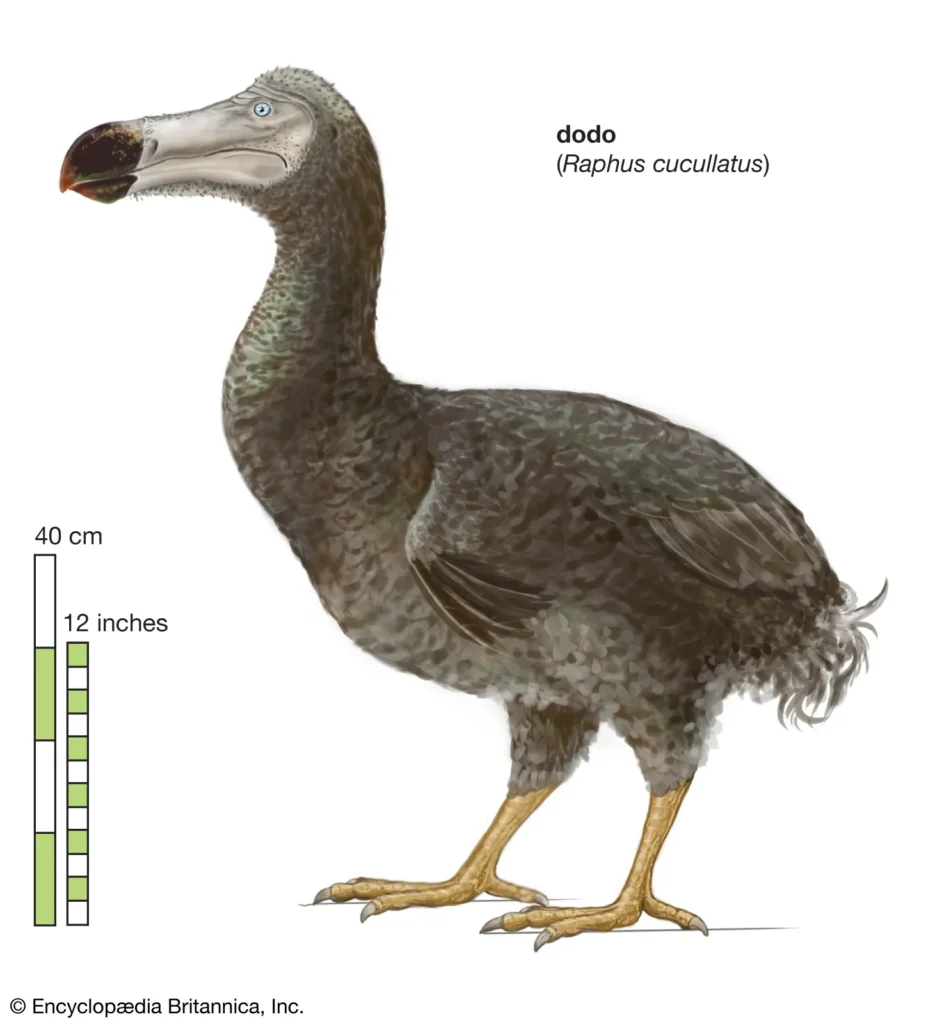
Facts:
| Attribute | Details |
|---|---|
| Scientific Name | Raphus cucullatus |
| Common Names | Dodo |
| Year Declared Extinct | Late 17th century |
| Kingdom | Animalia |
| Phylum | Chordata |
| Class | Aves |
| Order | Columbiformes |
| Family | Columbidae |
| Genus | Raphus |
| Species | R. cucullatus |
| Natural History and Origin | Endemic to the island of Mauritius |
| Physical Information | Large size, about 1 meter in height, weighing 10-18 kg |
| Appearance | Greyish plumage, large hooked beak, stout legs |
| Scientist Names | Described by early European explorers and naturalists |
| Region | Mauritius, Indian Ocean |
Appearance:
The Dodo was a large, flightless bird, standing about 1 meter (3 feet) tall and weighing between 10 and 18 kilograms (22 to 40 pounds). It had greyish plumage, a large hooked beak, and stout yellow legs. The bird’s wings were small and not suited for flight, but it had a robust body and a tuft of curly feathers at the tail. Its appearance was both unique and somewhat comical, contributing to its lasting image in popular culture.
Distribution:
Historically, the Dodo was found exclusively on the island of Mauritius in the Indian Ocean. The island’s isolated environment provided a unique habitat with no natural predators, allowing the Dodo to thrive.

Habits and Lifestyle:
The Dodo was a ground-dwelling bird, foraging for food on the forest floor. Its diet likely consisted of fruits, seeds, nuts, and possibly small land invertebrates. The Dodo was known for its curious and fearless nature, having evolved without any significant predators. This lack of fear made it vulnerable to human hunters and introduced animals.
Physical Characteristics:
The Dodo had several distinctive physical features. Its large, hooked beak was used for foraging and possibly defense. The bird’s stout legs supported its hefty body, allowing it to move efficiently on the ground. Despite its inability to fly, the Dodo was well-adapted to its terrestrial lifestyle on Mauritius.
Diet and Nutrition:
As an omnivore, the Dodo’s diet consisted primarily of fruits, seeds, and nuts. It may have also consumed small land invertebrates and possibly fallen leaves or other vegetation. The bird’s strong beak was well-suited for cracking open hard seeds and nuts, providing it with a varied diet in its forest habitat.
Behavior:
Dodos exhibited curious and social behavior, often exploring their surroundings without fear. This behavior, coupled with their lack of natural predators, made them easy targets for human hunters. The Dodo’s social structure is not well-documented, but it is believed that they lived in loose flocks, foraging together and sharing resources. Their mating habits and parental care remain largely unknown due to the limited historical records.
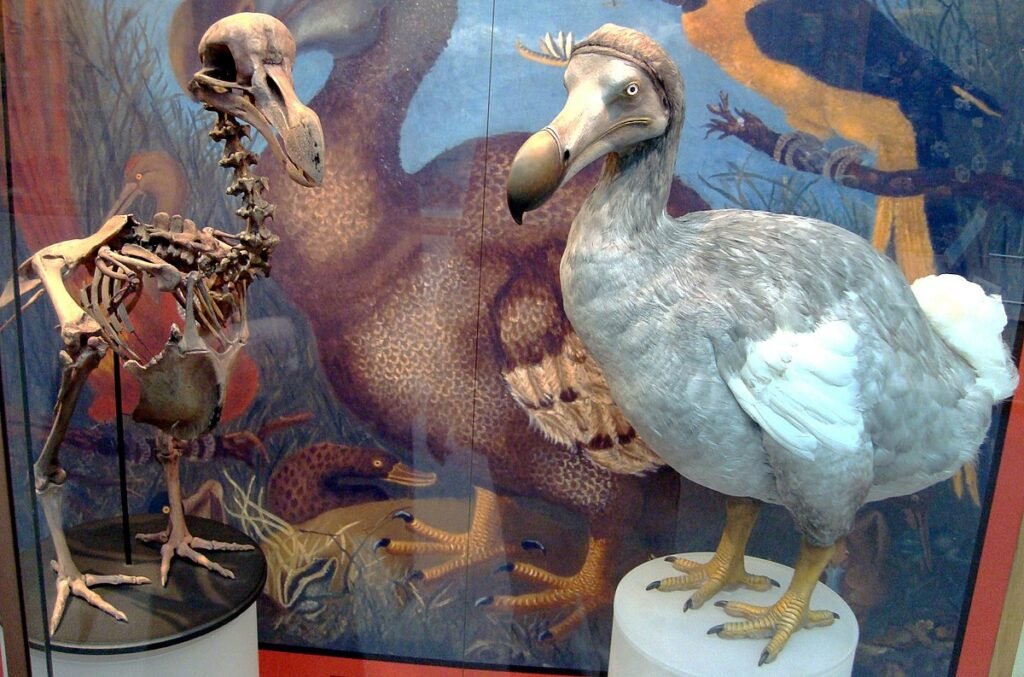
Cause of Extinction:
The extinction of the Dodo in the late 17th century was primarily due to human activities. The arrival of European settlers brought hunting and habitat destruction, as well as the introduction of invasive species such as rats, pigs, and monkeys, which preyed on Dodo eggs and competed for food. The rapid decline in the Dodo population was exacerbated by its inability to fly and lack of fear of humans, leading to its extinction within a few decades of human colonization.
FAQs:
| Question | Answer |
|---|---|
| What led to the extinction of the Dodo? | Hunting by humans, habitat destruction, and predation by introduced species. |
| When did the Dodo go extinct? | The late 17th century. |
| What did the Dodo eat? | It fed on fruits, seeds, nuts, and possibly small land invertebrates. |
| Why is the Dodo significant? | The Dodo serves as a symbol of human-induced extinction and highlights the impact of human activities on vulnerable species. |
| Are there efforts to study the Dodo? | Ongoing research focuses on understanding its ecology, biology, and the factors leading to its extinction. |
Categories:
- Extinct Birds
- Island Wildlife
- Conservation Efforts
- Human Impact on Nature
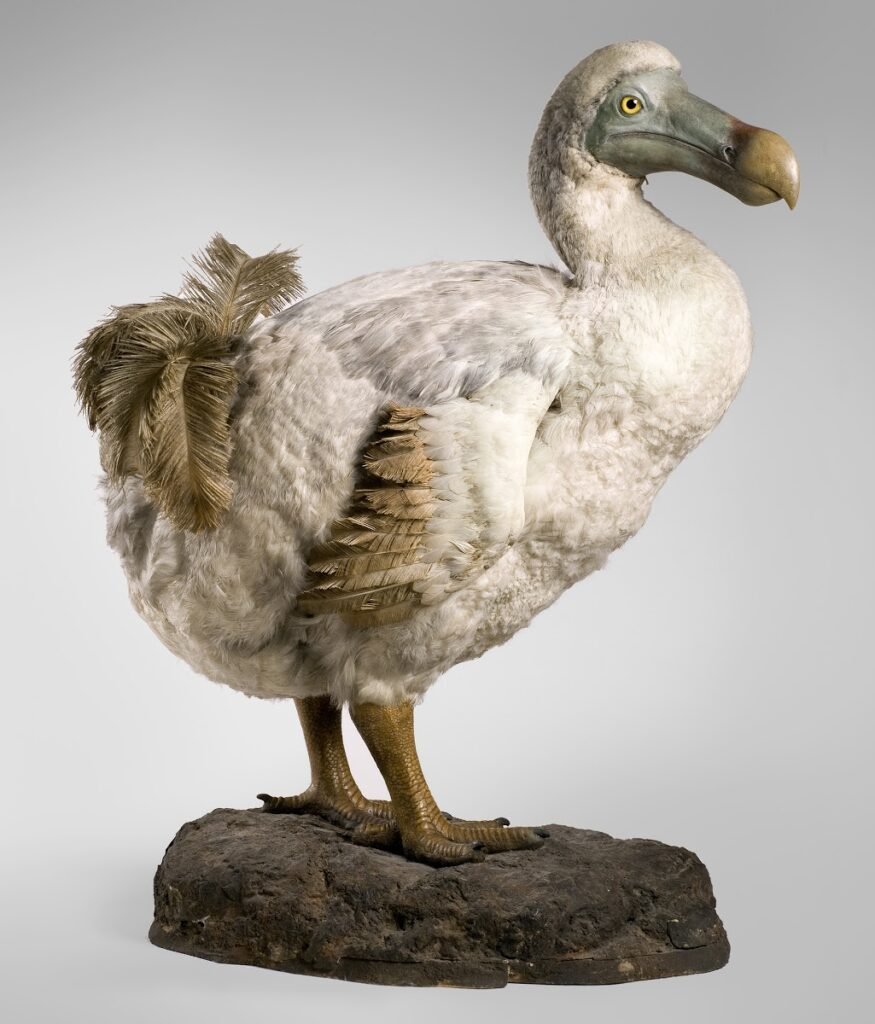
-
American Cheetah: The Extinct Speedster of North America
Unveiling the American Cheetah: The Swift Hunter of the Pleistocene Plains Introduction: The American Cheetah, scientifically known as Miracinonyx, was…
-
Atlas Bear: The Last Bear of Africa
The Atlas Bear: Uncovering the Legacy of Africa’s Extinct Ursine Giant Introduction: The Atlas Bear, scientifically known as Ursus arctos…
-
Baiji Dolphin: The Lost Goddess of the Yangtze River
The Vanishing Act of the Baiji Dolphin: A Cautionary Tale of Extinction Introduction: The Baiji Dolphin, scientifically known as Lipotes…
Views: 18

